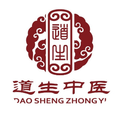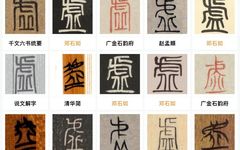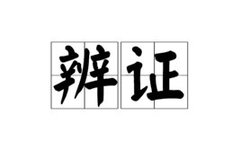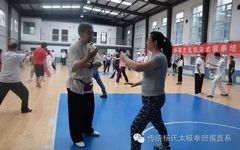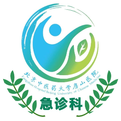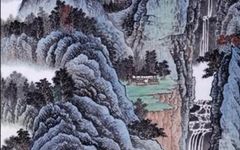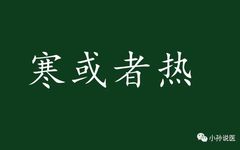Understanding the Concepts of ‘Exterior-Interior’ and ‘Deficiency-Excess’ in Traditional Chinese Medicine
“Exterior-Interior” and “Deficiency-Excess” are important concepts in Traditional Chinese Medicine (TCM). In the Neijing, the term “Exterior-Interior” appears 28 times, while “Deficiency-Excess” appears 60 times. The concept of Exterior-Interior can refer to the surface of the body versus the interior, the Yang meridians versus the Yin meridians, or the relationship between the exterior and interior. … Read more

